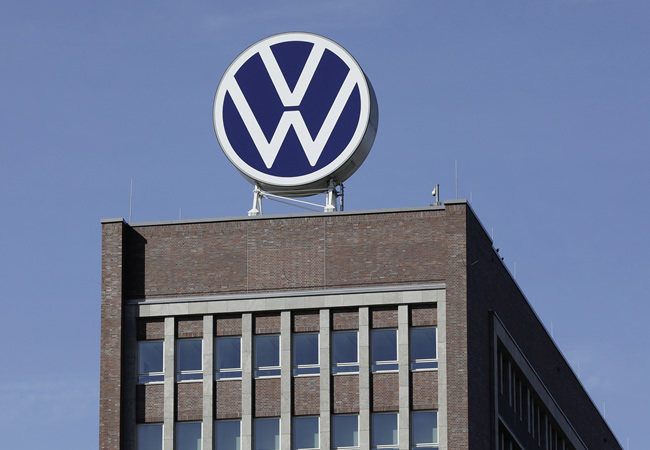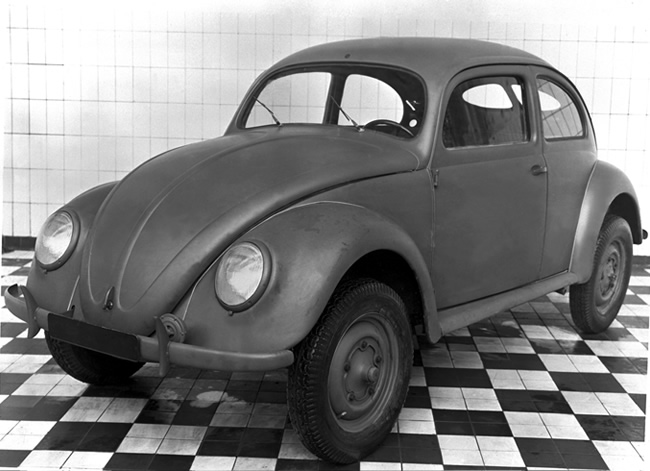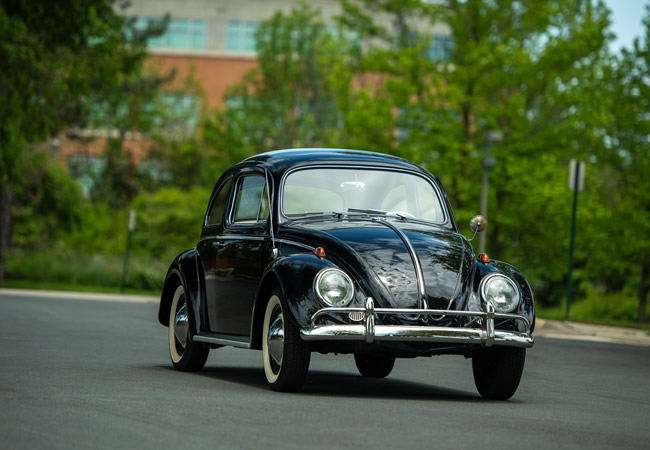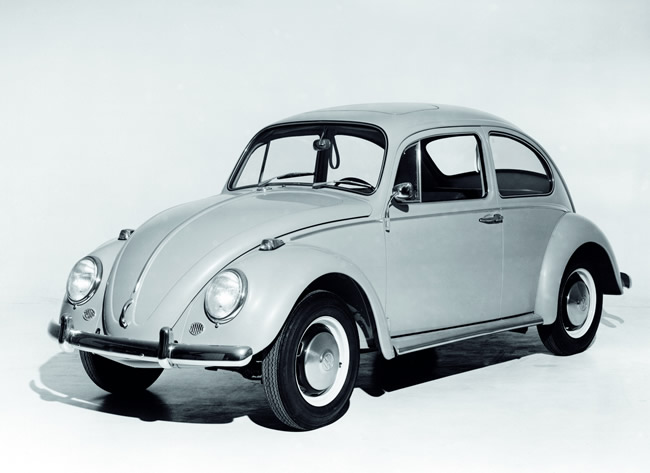« United Nations: Flag Installation Ceremony for Incoming Non-permanent Members of Security Council. | Main | Jennifer Lopez Launches 'JLo Beauty' with the tagline — Beauty Has No Expiration Date™ »
January 5, 2021
Series production of the Volkswagen Beetle started just after Christmas 1945 in Wolfsburg, Germany.
⢠British Major Ivan Hirst enables vehicle production in record time with considerable improvisation.

Photo: Volkswagen ‘Markenhochhaus’ Brand Tower with new Volkswagen logo in Wolfsburg, Germany. Image provided by & copyright © Volkswagen AG.

Photo: Series production of the Volkswagen Beetle started just after Christmas 1945 in Wolfsburg, Germany. Image provided by & copyright © Volkswagen AG.

Photo: The Volkswagen “Max” Beetle. Image provided by & copyright © Volkswagen of America, Inc.

Photo: The Volkswagen “Max” Beetle. Image provided by & copyright © Volkswagen of America, Inc.

Photo: Historic VW Beetle. Image provided by & copyright © Volkswagen of America, Inc.
Herndon, VA, USA — On December 27, 1945, the Volkswagen Limousine series production began. Referred to internally as “Type 1” and later became world-famous as the “Beetle,” the vehicle’s unique success story started in Wolfsburg thanks to British Major Ivan Hirst’s strategic vision.
In June 1945, the British Military Government Series assumed the trusteeship over Volkswagenwerk GmbH. Following World War II, production of the Volkswagen Type 1 began with a plan to use the vehicle to perform urgently needed transport tasks within their occupation zone. Senior Resident Officer Major Ivan Hirst played a crucial role in this development, and it was this British pragmatism that finally protected the plant against impending demolition. Hirst’s farsightedness and talent for improvisation made it possible to start automobile production in the years of rationing, under conditions dominated by shortages. With his enthusiasm for technology and cars, his purposefulness, and his different attitude, he successfully transformed a former armaments plant into a civilian industrial company in an impressively short space of time.
The British Military Government issued an order for 20,000 vehicles in August 1945. The start of production was a visible sign of a new beginning and hope at the factory, which had been largely destroyed by World War II. This solution was in line with British policy for Germany, which saw the population’s financial security and prospects as vital elements in developing democratic structures. Democracy found its way into the Volkswagenwerk, and on November 27, 1945, the Works Council elected in a democratic ballot held its constituent meeting.
Nevertheless, there were considerable problems in supplying the workforce with food and living space, and production got hampered by raw material and energy supply bottlenecks. Despite these challenging conditions, the first Volkswagen sedan left the production line shortly after Christmas. By the end of 1945, the factory had produced 55 vehicles.
From 1946 up to the currency reform, the factory produced about 1,000 vehicles per month. It was impossible to make more vehicles with material shortages, rationing, and lack of personnel. The trustees responsible laid the foundations for further growth of the company by exporting the Volkswagen sedan in 1947 and establishing a sales and after-sales service system.
The decision to develop a civilian factory and start a series of production of the Volkswagen Type 1 was the starting point of a unique success story. Thanks to the early restart, Volkswagenwerk GmbH was ideally positioned for the economic upswing. Under the unofficial designation of “VW Beetle,” the car became more popular than almost any other automobile model throughout the world. It was also a record-breaker in terms of production, duration, and volume. Volkswagen only discontinued production of the original VW Beetle in Mexico in 2003, after 21,529,464 vehicles had been manufactured, including about 15.8 million in Germany.
Source: Volkswagen of America, Inc.
|GlobalGiants.Com|







Edited & Posted by the Editor | 10:11 AM | Link to this Post







